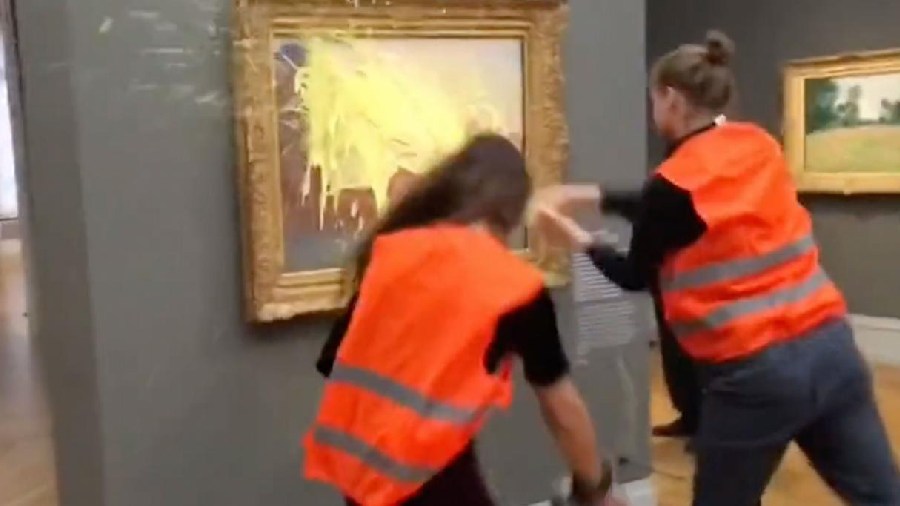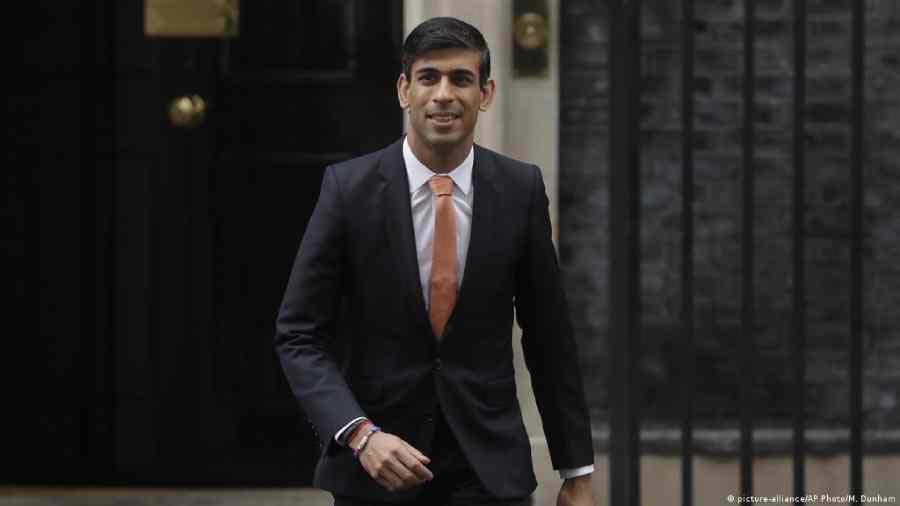Earlier this week in Berlin, a cyclist was declared brain dead after an ambulance couldn't reach her on time. Berlin police blamed the delay on a traffic jam caused by a road blockade by protesters from the Last Generation group. Police filed charges against two of its activists for failing to render assistance and obstructing persons rendering assistance.
The group denied responsibility and sharply criticized the coverage of the controversy. "We did not expect that an entire media system would turn against us," the group said in a statement published in German on its website on Nov. 4.
The activists said they were facing a "wave of accusations, untruths and hatred" and pointed out that the accident had taken place several kilometers away from the protest site. They also stated that they had informed the police about the protest, asked for emergency vehicles to be diverted and left sufficient room for an emergency lane. Last Generation, or Letzte Generation in German, is associated with Just Stop Oil in the UK, Declare Emergency in the US, Denierere Renovation in France and other climate change protest groups.
According to the local media outlet, Bayerischer Rundfunk, Henning Jeschke, an activist from Last Generation, said the group was deeply saddened by the news of the cyclist's accident but will continue its protests.
"As long as our highest political bodies go against the constitution, as long as they destroy our lives, we will resist peacefully," Jeschke said.
Drawing attention to climate change
In recent weeks, climate activists have protested not only on the streets of Europe but also in its museums, defacing famous paintings in London, Paris, the Hague and Berlin with mashed potatoes, tomato soup, and red paint. None of the paintings were permanently damaged as all had been covered with plastic or glass.
The German Association for Art History released a statement last week asking the activists to stop attacking cultural artifacts, calling the protection of artworks an "obligation to future generations" for whom the works are being preserved.
On Oct. 23, climate activists threw mashed potatoes at Claude Monet's world-famous painting "Haystack" at the Barberini Museum in Potsdam near Berlin. In London's National Gallery, Vincent van Gogh's "Sunflowers" was attacked with a can of soup 10 days earlier by activists from Just Stop Oil. There was also an attack in The Hague on Johannes Vermeer's "Girl with a Pearl Earring" and on a dinosaur skeleton in the Natural History Museum in Berlin. In the Louvre in Paris, a visitor smeared cake on one of the most famous paintings in the world, Leonardo da Vinci's "Mona Lisa."
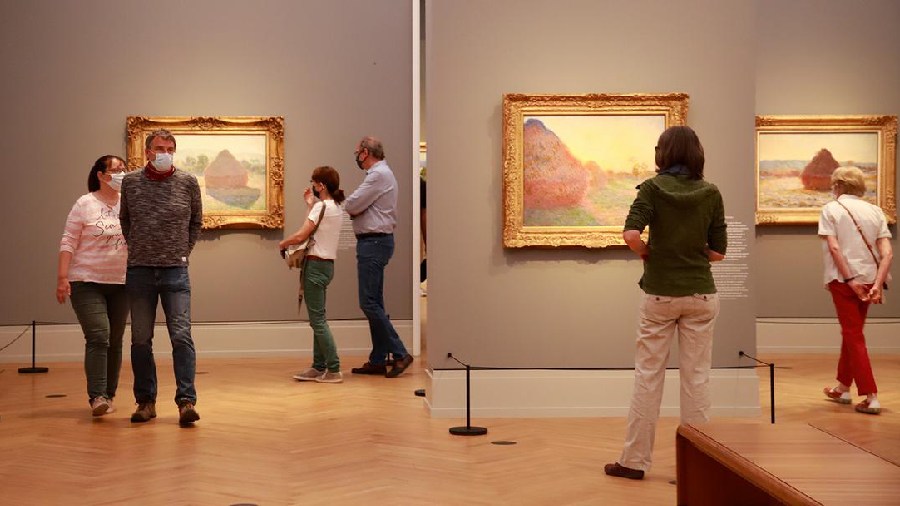
Painting haystacks at different times of day, Claude Monet created a series of paintings considered masterpieces of European Impressionsism
Why target works of art?
The younger generation, to which many climate activists belong, has grown up with social media and is therefore aware of the power of images, says Kerstin Thomas, a professor of art history at the University of Stuttgart.
"At the German Association for Art History, we sympathize with the aims of the activists," says Thomas, in her role as president of that association. "However we cannot support their means of protests in museums. Artworks are taken hostage in a battle they have nothing to do with." The works attacked, she says, were not responsible for the climate crisis, nor were they glorifying or fueling it.

"Girl with a Pearl Earring" by Dutch artist Johannes Vermeer on display in the Maurithuis in The Hague
Works of art and monuments have historically been targets of political protest For example in 16th-century Europe, when Protestants destroyed religious artworks in Catholic churches because they believed they would harm the Christian faith.
Protesting power dynamics
"Monuments have also been common targets in the past," Thomas told DW. Two recent examples include the toppling of Soviet statues in Baltic states following the Russian invasion of Ukraine or the removal of the statue of slave trader Edward Colston in the UK.
But the climate activists' recent protests in museums are of a different nature, she said. The purpose of monuments and statues is to express power, she explains. Protests against them are protests against the power they represent so, for example, against empire and colonialism, or against the rule of the former Soviet Union.
This is not the case with the climate crisis and the paintings recently targeted by activists, Thomas argued. "The images themselves do not embody power," she said. "They are not responsible for the climate crisis."
Monet's "Haystack" is not an expression of the power of oil companies, nor is van Gogh's "Sunflowers."

Vincent van Gogh's world-famous "Sunflowers" are on display in London's National Gallery
But climate activists argue that if the planet perishes, there will be no more art, so saving the planet takes priority over protecting the pictures. They also insist that they are only targeting the frames and glass panes protecting the paintings.
Is a pane of glass enough?
Kerstin Thomas disagrees with them there too because "a frame or a plinth also belongs to the artwork and its history."
It is the mission of museums to preserve all this for the future. "It's about preserving our cultural heritage in such a way that later generations can still benefit from it."
Besides, the glass panes do not seal off the artwork hermetically from outside influences, she explained. Tomato soup contains a lot of acid and could definitely damage a work of art. "If you attack an artwork, you willingly accept that you might do damage to it."
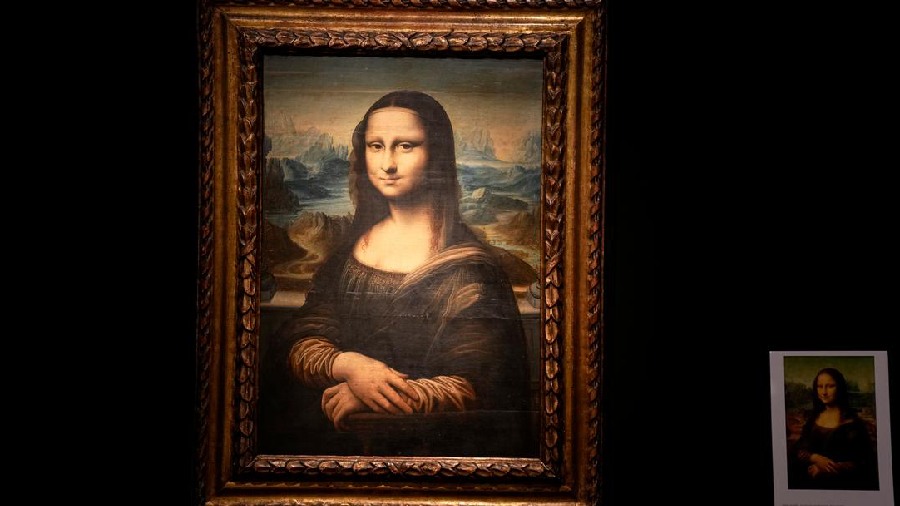
This copy of the "Mona Lisa" was auctioned off in Paris in 2021 for 2.9 million dollars. The original painting is on display in the Louvre and attracts millions of visitors each year
After a flurry of attacks, the German Association for Art History is concerned that this method of protest might become common currency and even begin to be seen as acceptable. "It would be bad if such actions were to establish themselves as a form of legitimate protest," Thomas said.
The climate protests in museums have already resulted in at least one, unrelated copycat attack. In the Alte Nationalgalerie in Berlin, a woman threw artificial blood at Henri de Tolouse-Lautrec's painting "Clown" on Oct. 30. She later said to the police that she wanted to protest for more democracy in Germany.
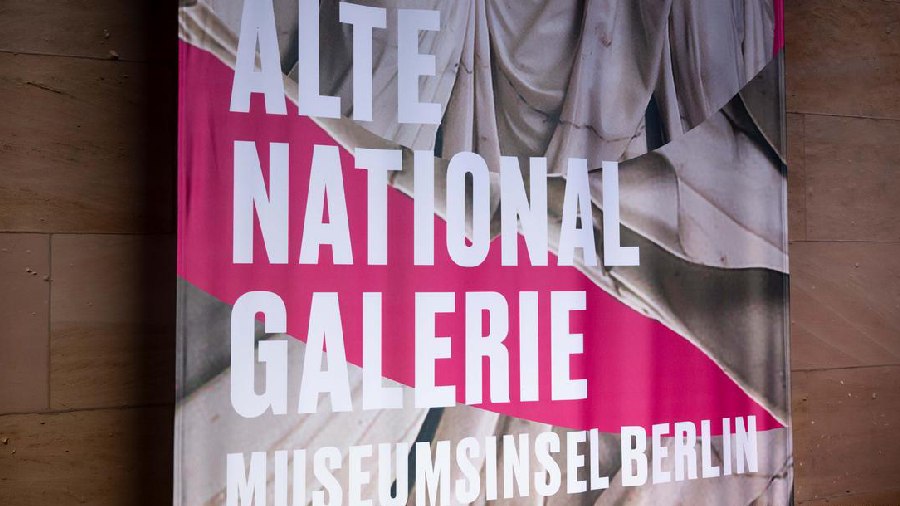
At Berlin's Old National Gallery, the woman who threw artificial blood at a painting by Henri de Tolouse-Lautrec was taken into custody by the police
Meanwhile, many European museums have tightened security measures in order to prevent further attacks on valuable artifacts. Until further notice, visitors at museums in Berlin will only be allowed into exhibition spaces after checking their jackets and bags at the cloakroom or leaving them in lockers. This also applies to nearby Potsdam.
Other museums such as the National Gallery in London, the British Museum and the Louvre have also said that their security measures are under constant review. However, they do not wish to discuss these publicly in order to better protect their works of art.
From Deutsche Welle newsfeed

